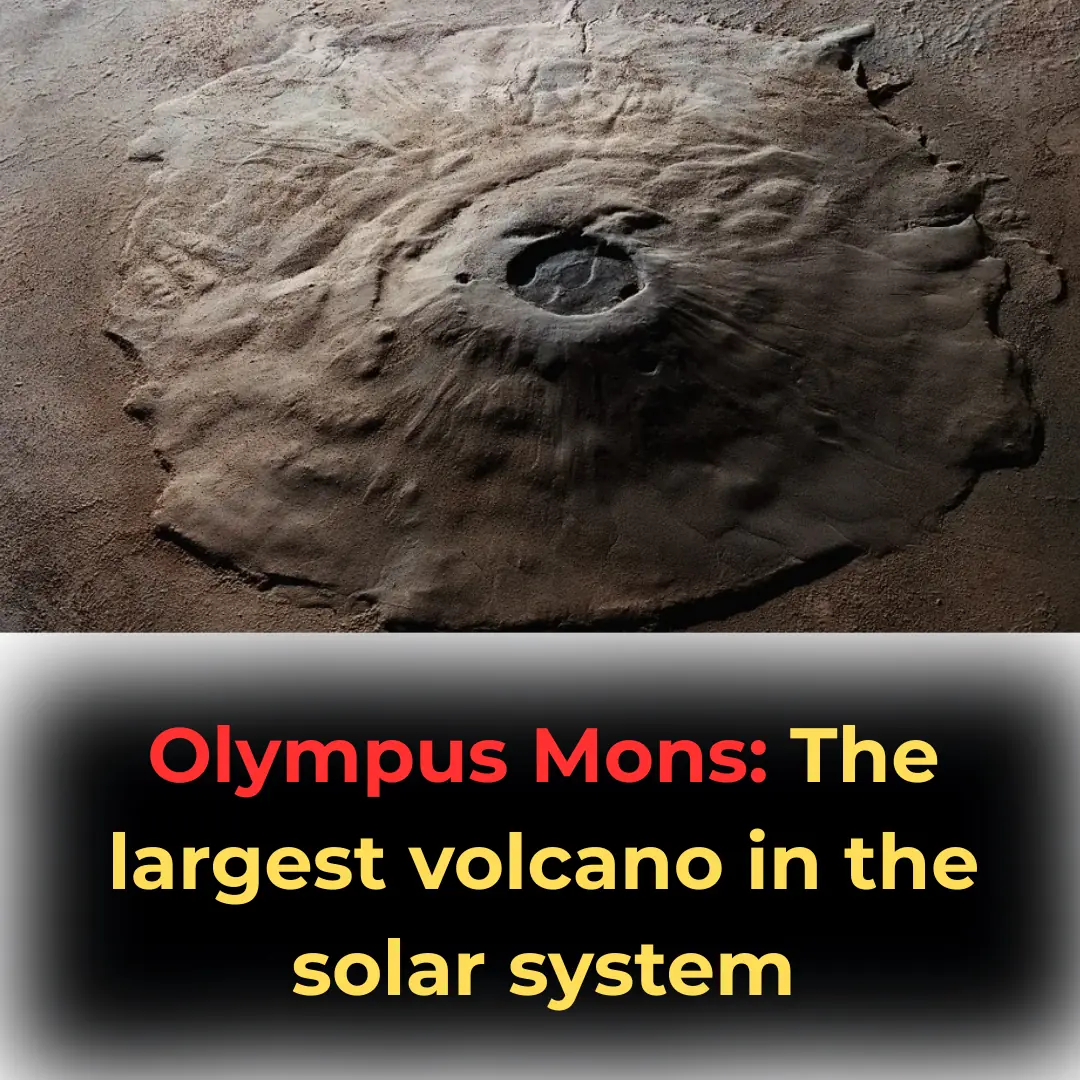
"Cassini’s Final Dive: The Most Breathtaking Close-Ups of Saturn Ever Captured!"
Cassini’s Final Dive: The Most Breathtaking Close-Ups of Saturn Ever Captured!
Tuesday, August 28, 2017 | NEWS | 6,996 Views
NASA’s Cassini probe is on a dramatic death plunge, marking the end of an extraordinary 20-year journey through space. The nuclear-powered spacecraft has spent 13 years orbiting Saturn, sending back a treasure trove of data and more than half a million images. These include stunning close-ups of the gas giant, its iconic rings, and its enigmatic moons—such as Titan, which boasts a thick atmosphere, and the icy Enceladus, which harbors a subsurface ocean that might support microbial life.
To avoid any risk of contaminating these potentially habitable environments, NASA has carefully orchestrated Cassini’s demise, steering it towards a controlled descent into Saturn’s dense atmosphere. With its fuel reserves nearly depleted, the spacecraft is set to burn up like a meteor in a grand finale that will conclude one of the most ambitious planetary missions ever undertaken.
Above is an artist’s impression of what Cassini might witness as it plunges into Saturn’s clouds for its final moments.
On Monday, Cassini initiated the first of its last five orbits around Saturn, briefly dipping into the upper layers of the planet’s atmosphere. This daring maneuver is part of what NASA calls the "Grand Finale"—a spectacular conclusion to the $3.26-billion mission that will culminate on September 15, when Cassini makes its final, irreversible descent.
“As Cassini makes these five daring dives into Saturn, it essentially becomes the first-ever atmospheric probe of the planet,” said Laura Mitchell, Cassini’s project scientist at NASA’s Jet Propulsion Laboratory, in a press release. “This is a long-standing goal of planetary exploration, and we are setting the stage for future missions with these final observations.”
These last orbits will provide unprecedented data about Saturn’s atmosphere, its swirling cloud formations, the composition of its rings, and the mysterious forces of its gravity and magnetic fields.
“It’s Cassini’s blaze of glory. The spacecraft will be collecting data until its very last moment,” Mitchell previously told Business Insider.
Titan’s Gravity: A Crucial Player in Cassini’s Final Maneuvers
Gravity from Titan, Saturn’s massive moon, is playing a crucial role in shaping Cassini’s final flight path. By using Titan’s gravitational pull, NASA engineers have been able to adjust Cassini’s trajectory without expending large amounts of fuel.
Above is an artistic rendering of Cassini observing a sunset through Titan’s thick, hazy atmosphere—one of its most intriguing discoveries.
These two images of Titan, taken on March 21, 2017, and released by NASA on August 11, reveal new details about the moon’s surface, including atmospheric clouds and intricate haze layers.
Cassini’s first of its last five orbits took it into the uncharted space between Saturn’s rings and the planet itself. Data from this historic flyby is already being transmitted back to NASA’s mission control. Scientists hope this unprecedented close-up will provide new insights into the atmosphere of Saturn, which consists mainly of hydrogen (about 75%) and helium.
The false-color image above, captured by Cassini’s narrow-angle camera on May 18, 2017, from approximately 750,000 miles (1.2 million kilometers) away, reveals Saturn’s turbulent clouds, which appear like brush strokes due to the complex interactions of gases in its upper atmosphere.
A Magnetic Mystery: Saturn’s Puzzling Magnetic Field
One of the most baffling discoveries Cassini has made is that Saturn’s magnetic field appears to have no discernible tilt relative to its rotation axis. This contradicts conventional theories of planetary magnetic fields and makes it surprisingly difficult to determine the exact length of a day on Saturn.
Here is a breathtaking close-up of Saturn’s intricate rings as seen by Cassini.
A Final Glimpse at Prometheus and Saturn’s F Ring
Before beginning its final plunge, Cassini captured this stunning image of Saturn’s moon Prometheus nestled within the planet’s narrow and wispy F ring. The spacecraft used its narrow-angle camera to take this visible-light image on May 13, 2017.
Prometheus, a small moon measuring approximately 53 miles (86 kilometers) across, interacts gravitationally with the F ring, creating delicate, rippling structures. On August 20, Cassini will dive even deeper into Saturn’s atmosphere, potentially observing the planet’s glowing northern auroras and measuring the extreme temperatures of its massive southern polar vortex.
The image above is a false-color composite created from red, green, and ultraviolet spectral filters, taken on July 16, 2017, at a distance of approximately 777,000 miles (1.25 million kilometers). Cassini captured this view by gazing beyond Saturn’s sunlit horizon, revealing a thin, detached haze layer along the planet’s edge, which gradually fades toward the right side of the image.
Sampling Saturn’s Rings: Unraveling Their Mysteries
During its last passages through the rings, Cassini will also collect and analyze direct samples of ring particles. This data will help scientists determine the density and composition of Saturn’s rings, shedding light on their origins and evolution.
Cassini’s wide-angle camera took the image above on February 25, 2017.
In this stunning photograph, the morning light illuminates Saturn’s undulating cloud patterns and the smooth, curved arcs of its rings. This view, captured from about 10 degrees above the ring plane, showcases the ethereal beauty of the planet’s dynamic atmosphere.
Cassini will use Titan’s gravity one final time on September 11 to precisely align its trajectory for the ultimate descent. On September 15, the spacecraft will plunge into Saturn’s thick atmosphere, where it will continue transmitting data until the very last moment before disintegrating under the planet’s immense pressure.
Above is one of Cassini’s final images of Titan, taken on May 29, 2017. The spacecraft gazes at the night side of Saturn’s largest moon, emphasizing the dense and extended nature of Titan’s hazy atmosphere. This breathtaking view was acquired from a distance of approximately 1.2 million miles (2 million kilometers).
As Cassini’s incredible mission comes to a close, scientists and space enthusiasts alike are left with an astonishing legacy of discovery. The spacecraft’s final moments will mark the end of an era, but the data it has collected will continue to fuel new scientific breakthroughs for decades to come.
News in the same category


When my son innocently revealed that my husband had been secretly driving a brighter car with a woman I knew nothing about.

Why Was My Son Left Out? A Text Revealed the Truth

Three Became Fathers in a Day—One Text Changed Everything

"Unbelievable Coincidence: The Orphanage Held a Carbon Copy of Our Child!"

The Hidden Weight of Childhood: A Journey of Independence, Compassion, and Unspoken Secrets

There were cops in my yard, and as an african american family, my mind was full of negative thoughts

I Always Thought Housework Was a Breeze—Until My Son Taught Me a Lesson I’ll Always Remember

I Helped Plan a Family Cruise for My Dad and Stepmom & They Invited Me Too—I Didn't Know They'd Turn Me Into the Nanny
I thought joining my dad and stepmom on a family cruise would bring us closer. Instead, I found myself stuck in a tiny cabin with two kids and a long list of responsibilities no one warned me about.

"The Strength Within: A Story of Love, Loss, and Triumph"

A Surprise Visit to My Long Distance Boyfriend Turned into a Disaster— Story of the Day
After my husband of eighteen years left me, I struggled to find love again at forty-one. Desperate, I joined a dating site and met a charming man named Juan. I took a leap of faith and traveled to Mexico to surprise him, but it turned out to be the worst

Incredible location for a lighthouse perched on a rock in Iceland’s wild surf

Drought Reveals “Spanish Stonehenge” Older Than the Pyramids.

Mystical Seabed Art: The Puffer Fish’s Elaborate Mating Rituals Unveiled

Olympus Mons: The largest volcano in the solar system

"What If Pangea Still Existed? A Fascinating Look at Our Ancient Supercontinent"

The Growing Threat of Space Debris: Managing Earth’s Crowded Orbit

AM I WRONG TO BE ANGRY THAT MY 71-YEAR-OLD MOM SPENT MONEY ON A TRIP INSTEAD OF HELPING ME PAY MY BILLS?

A wounded veteran picks up trash, as people whisper behind me.

I held her tight while she cried and wouldn’t let go.
News Post

Banana Peels as a Natural Ant Repellent: A Safe and Eco-Friendly Solution

1 year ago 1 year ago Peace Lily Care Guide: Key Tips to Ensure Its Flourishing Growth

THIS DOUBLES Your Testosterone Naturally in 7 Days!

10 Remarkable Health Benefits of Pigweed Greens You Need to Know

Euphorbia Hirta (Asthma-Plant): Ancient Remedies and Modern Applications for Health and Wellness

Yarrow: A Natural Herb with Powerful Health Benefits

Onion peels and cloves: a simple hair growth remedy from Grandma's time

Vaseline to look 10 years younger

HE JUST NEEDED $25 FOR A HAIRCUT—BUT WHAT HE DID WITH IT SHOOK ME

When my son innocently revealed that my husband had been secretly driving a brighter car with a woman I knew nothing about.

Doctor Warns Against This One Thing If You Wake Up at Night

Reasons You Could Have Numbness or Tingling Sensations in Your Hands

A Well-Known Shampoo Is Being Withdrawn Immediately Due To Bacteria That Can Kill One In Ten Patients

Why Was My Son Left Out? A Text Revealed the Truth

Three Became Fathers in a Day—One Text Changed Everything

"Unbelievable Coincidence: The Orphanage Held a Carbon Copy of Our Child!"

The Hidden Weight of Childhood: A Journey of Independence, Compassion, and Unspoken Secrets

There were cops in my yard, and as an african american family, my mind was full of negative thoughts

I Always Thought Housework Was a Breeze—Until My Son Taught Me a Lesson I’ll Always Remember

I Helped Plan a Family Cruise for My Dad and Stepmom & They Invited Me Too—I Didn't Know They'd Turn Me Into the Nanny
I thought joining my dad and stepmom on a family cruise would bring us closer. Instead, I found myself stuck in a tiny cabin with two kids and a long list of responsibilities no one warned me about.